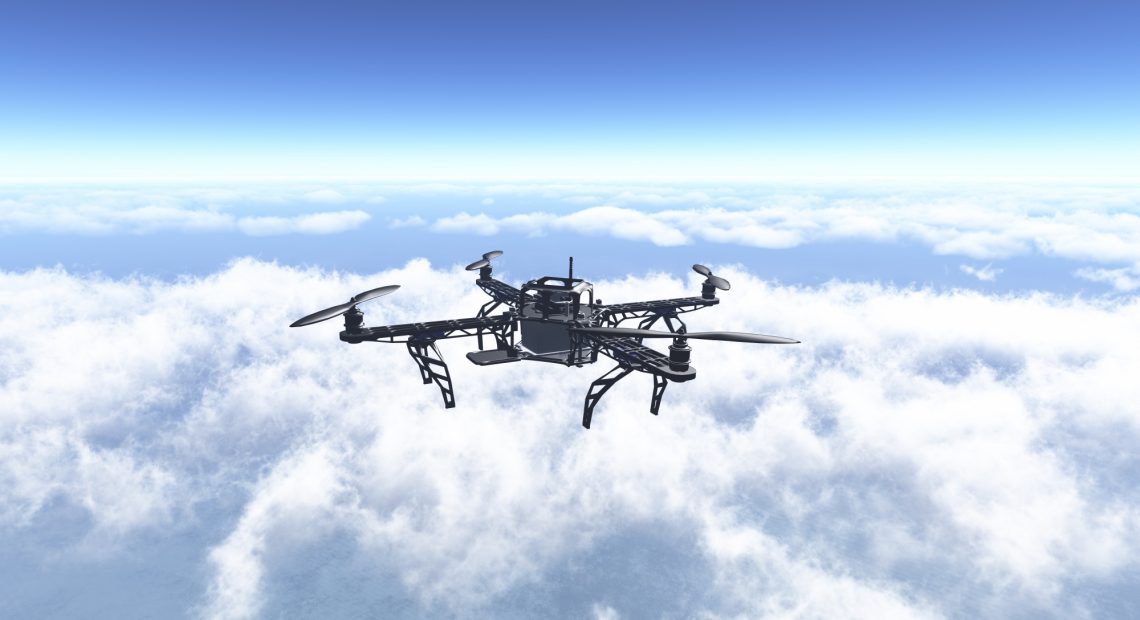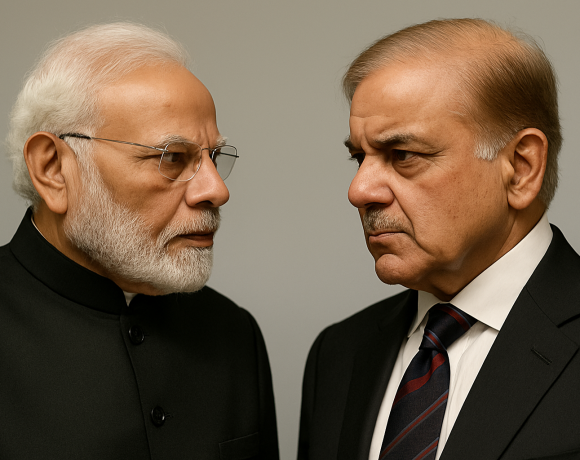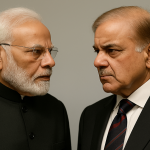
India Signs ₹32,000 Crore Deal for US Predator Drones
India has bolstered its military strength by signing a ₹32,000 crore deal with the United States to acquire Predator MQ-9B drones.
The agreement, formalized under the foreign military sales framework, was signed in New Delhi on October 15 in the presence of senior defense officials from both nations. This strategic procurement further cements the growing military partnership between India and the US, driven by shared concerns over China’s increasing influence in the Indo-Pacific region.
Predator MQ-9B Drones: Key to India’s Defense
The Predator MQ-9B drones, also known as “Hunter Killers,” offer India advanced surveillance and combat capabilities. These drones are capable of flying for over 35 hours, enabling extended reconnaissance missions over sensitive areas, including India’s contentious border with China. Equipped with precision-guided Hellfire missiles and bombs, the drones will significantly enhance India’s ability to monitor and respond to threats along the Line of Actual Control (LAC).
India-US Strategic Military Ties
The timing of the deal, just weeks before the US presidential elections, highlights India’s intent to deepen ties with Washington, particularly in the domain of high-tech defense equipment. The procurement was approved by India’s Cabinet Committee on Security, led by Prime Minister Narendra Modi, following over a year of negotiations that began in June 2022. The deal was finalized under a government-to-government framework, ensuring transparency and favorable terms for India.
Strengthening India’s Border Surveillance
India’s primary motivation for acquiring the MQ-9B drones is to enhance its surveillance capabilities, especially along its borders with China and Pakistan. With tensions along the LAC persisting, these drones will enable Indian forces to maintain continuous surveillance over vast stretches of land, gathering critical intelligence to preempt potential threats.
Of the 31 drones being procured, 15 will be Sea Guardian variants for the Indian Navy, while the remaining 16 Sky Guardians will be distributed between the Indian Army and Air Force, ensuring multi-dimensional operational capabilities.
This acquisition marks a major step in India’s defense modernization efforts, with the potential to reshape its military strategy and readiness in the region.


















